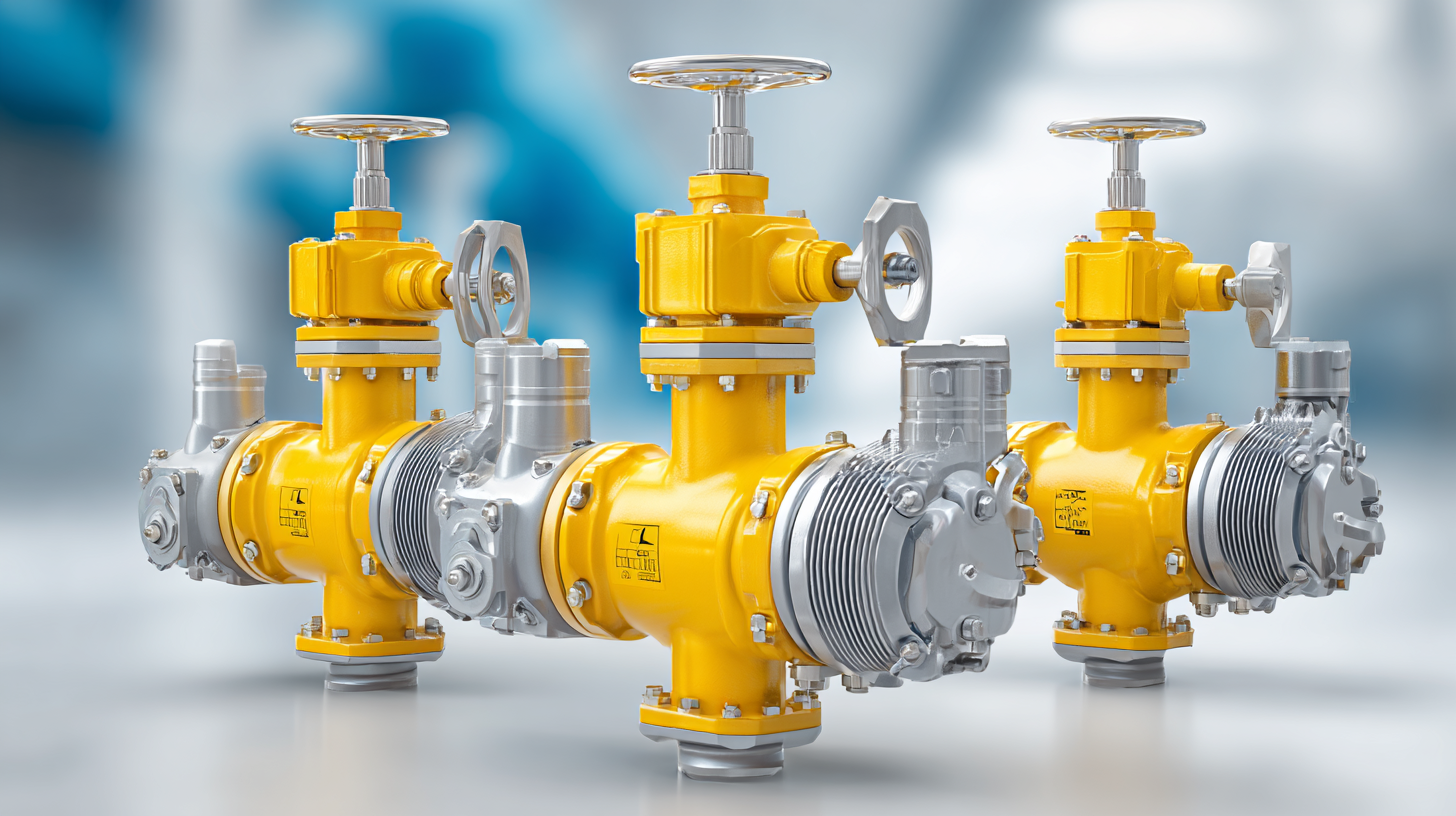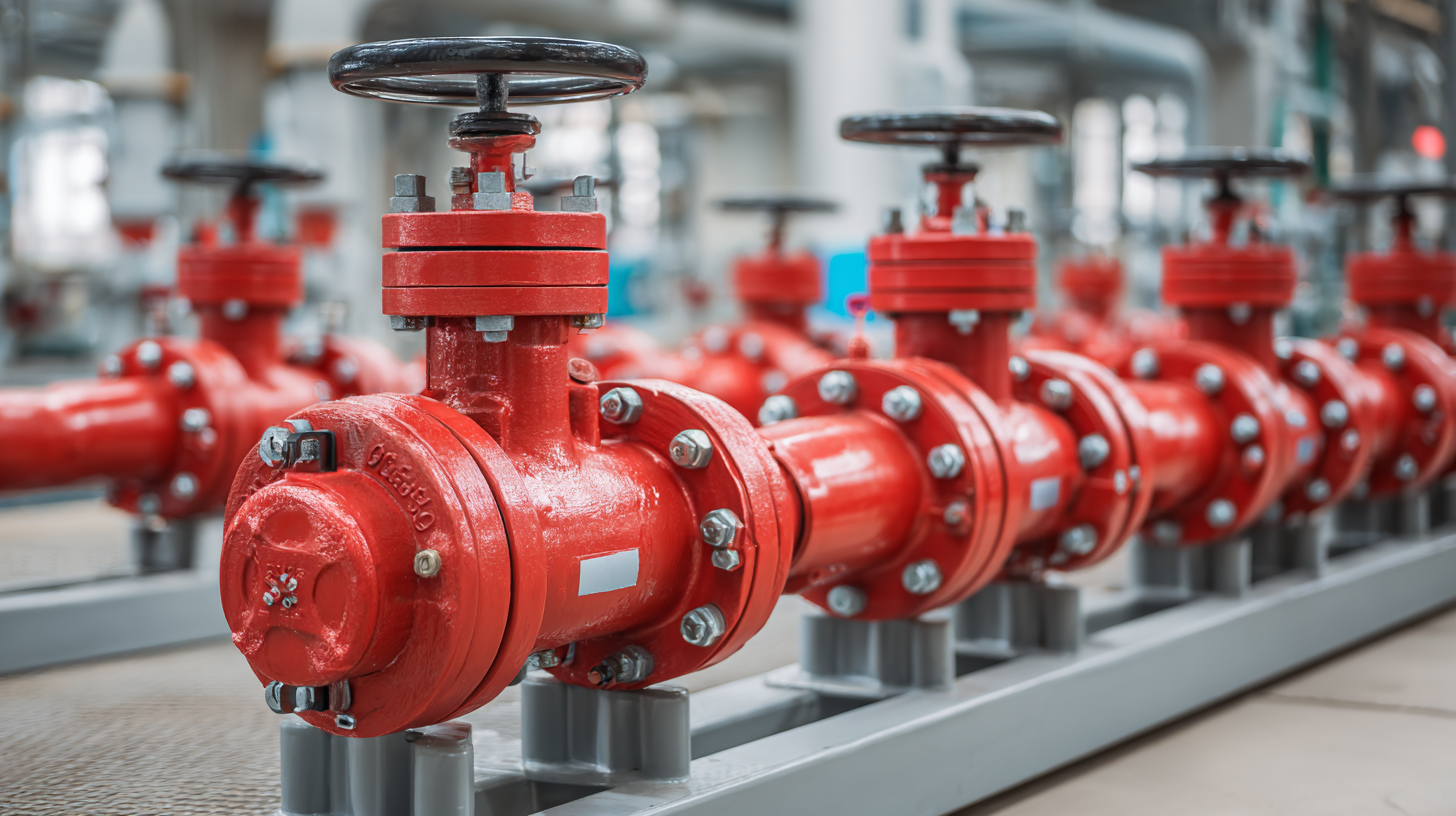MENUMENU
In the competitive landscape of the valve industry, selecting the right ball valve manufacturers is crucial for ensuring cost-effective after-sales service and maintenance. According to a report by MarketsandMarkets, the global ball valve market is projected to grow from USD 12.8 billion in 2020 to USD 18.3 billion by 2025, at a CAGR of 7.4%. This growth highlights the increasing demand for high-quality ball valves across various sectors, including oil and gas, water and wastewater management, and chemical processing. However, the true value of these products extends beyond their initial purchase price; reliable after-sales support and maintenance services are essential for maximizing operational efficiency and lifespan. With stringent industry certifications and digital transformation shaping supply chains, choosing a manufacturer with robust after-sales capabilities and industry recognition is more important than ever. This blog will guide you through the process of selecting the best ball valve manufacturers that not only meet your product needs but also provide exceptional support throughout the product lifecycle.

After-sales service plays a crucial role in the ball valve manufacturing industry, significantly impacting customer satisfaction and long-term operational efficiency. According to a report from MarketsandMarkets, the global ball valve market is projected to grow from USD 15.6 billion in 2021 to USD 19.3 billion by 2026, driven largely by increasing demand for efficient maintenance solutions in various sectors, including oil and gas, water and wastewater treatment, and power generation. A robust after-sales service can help manufacturers retain customers by ensuring their products function optimally over time, reducing the frequency of replacements and repairs.

The importance of effective after-sales service is underscored by a survey conducted by Research and Markets, which revealed that 72% of customers consider responsive maintenance support as a critical factor in selecting a valve manufacturer. Service quality can make or break customer loyalty, as timely maintenance can prevent costly downtime and extend the service life of the valves. As manufacturers compete to provide cost-effective solutions, investing in comprehensive after-sales service and maintenance programs not only enhances customer relationships but also contributes to overall market competitiveness.
 When selecting a ball valve manufacturer, it's essential to consider key features that ensure both cost-effectiveness and quality after-sales service. One of the primary features to look for is the manufacturer's track record in customer support. A reliable manufacturer should offer comprehensive technical assistance and responsive service teams that can address issues promptly, minimizing downtime.
When selecting a ball valve manufacturer, it's essential to consider key features that ensure both cost-effectiveness and quality after-sales service. One of the primary features to look for is the manufacturer's track record in customer support. A reliable manufacturer should offer comprehensive technical assistance and responsive service teams that can address issues promptly, minimizing downtime.
Moreover, evaluate the warranty and service plans offered by the manufacturer. A good ball valve manufacturer will provide clear warranty terms and options for extended service plans. This not only signals their confidence in the product quality but also ensures that you're protected against any unforeseen maintenance costs.
Additionally, consider the manufacturer’s availability of spare parts. Having easy access to replacement components can greatly reduce maintenance expenses in the long run. Manufacturers with a strong supply chain and local distributors typically provide a more responsive support system, which is critical for ongoing maintenance. This focus on accessibility can unify both cost-effectiveness and efficient after-sales care.
The ball valve industry is on the brink of transformation, driven by emerging technologies that promise to enhance performance and efficiency by 2025. Advanced materials like carbon fiber and composite polymers are becoming increasingly popular, allowing for lighter, more durable valves that withstand extreme conditions. These innovations can significantly reduce maintenance costs and prolong the life of the valves, making them a smart investment for any operation.
Moreover, the integration of smart technology is reshaping the functionality of ball valves. Incorporating IoT sensors enables real-time monitoring of valve performance, providing critical data for predictive maintenance. This proactive approach can minimize downtime and ensure consistent operational efficiency. As manufacturers adopt these cutting-edge solutions, the focus will shift toward delivering not just products, but comprehensive systems that ensure optimal performance and reliability. The future of ball valves is set to be more efficient and cost-effective, paving the way for new standards in after-sales service and maintenance.
When selecting a ball valve manufacturer, evaluating customer support and maintenance packages is critical for ensuring long-term satisfaction and cost-effectiveness. A reliable manufacturer should provide comprehensive after-sales service that includes timely technical support, troubleshooting guidance, and easy access to replacement parts. Assessing the responsiveness of customer service representatives can save time and resources when issues arise, making it essential to check reviews or conduct direct inquiries to gauge their effectiveness.
Additionally, the maintenance packages offered by manufacturers play a significant role in choosing the right supplier. A good package typically includes regular maintenance checks, performance evaluations, and training for using the equipment safely and efficiently. Assess potential manufacturers based on the flexibility and comprehensiveness of their service offerings, as this will determine the ease of maintaining optimal valve performance. Ensuring that the manufacturer offers tailored solutions to meet specific operational needs can enhance overall valve lifespan and reliability, ultimately leading to reduced total costs over time.
When selecting the appropriate ball valves for specific applications, understanding the nuances between different types becomes crucial. For instance, floating ball valves are ideal for low-pressure systems, providing a simple design that ensures reliable sealing at lower costs. Conversely, trunnion-mounted ball valves excel in high-pressure scenarios, featuring a robust design that offers better control over flow rates and higher durability, particularly in oil and gas industries where pressure and temperature fluctuations are common.
For example, the recent shift in the offshore industry towards utilizing butterfly valves in place of globe valves demonstrates the ongoing evolution of fluid control mechanisms. The butterfly valve's ability to provide lower pressure drops compared to globe valves can lead to significant reductions in energy consumption, which is essential for enhancing operational efficiency in utility services. Moreover, leveraging induced pluripotent stem cells (iPSCs) technology necessitates precise control over fluid management in laboratory settings, highlighting the necessity for selecting the right ball valve type to meet stringent operational demands and improve experimental accuracy in biotechnological applications.
In summary, the choice of ball valve not only affects the technical performance of a system but also influences maintenance costs and overall operational efficiency. Selecting the appropriate valve type—whether it be for complex industrial processes or innovative research applications—requires a thorough understanding of the specific advantages that each type offers in its intended application.